Toyota has revealed the all-new RAV4 on stage in Tokyo
Now in its sixth generation, the RAV4 continues its evolution toward sharper lines and grander proportions since the original model.
Described as “powerful and robust” this new compact SUV does have some presence about it, but remains approachable with a friendly front mask and headlamp combination. Yes, the lines are sharp and the nose is upright, but it is not aggressive. Save that for the GR Sport version, which although broadly similar does feel a little more intimidating.
Alongside the new exterior and interior design is a new software platform, Arene, which Toyota says is a big step towards the software-defined vehicle (SDV). In real terms, this results in “a new Toyota multimedia system, providing enhanced connectivity, navigation and security tools, all operating faster than ever before.”
Inside and up front, a pleasantly chunky steering wheel is supported by two screens, one thinner unit for the instrument cluster while another more prominent central display perches on the dash. For all the talk of software, many will rejoice at the presence of large – very large, in fact – physical buttons on the IP. These control different driving modes both in terms of powertrain status (electric or ICE) and terrain type (trail or snow). Individual push buttons for climate control sit either side of a conventional volume knob at the centre, and there appears to be plenty of storage. The overall feel is of robustness.
The GR Sport, shown in the gallery above, leans into the red of the GR emblem with a striking exterior paint and lightweight 20-inch black alloy wheels which have been designed in a way to improve airflow management – we assume mainly for brake cooling as opposed to reduced drag. Changes are not all cosmetic, as the track is 20mm wider than the standard RAV4 plus high-performance dampers, strengthened rear bracing and retuned springs and power steering.
The RAV4 is a significant model for the brand, selling more than 2.5 million units accross Europe since its launch in 1994, and more than 15 million globally to date.

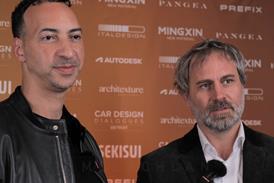
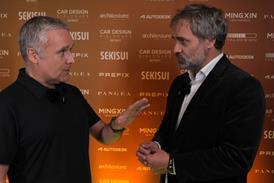
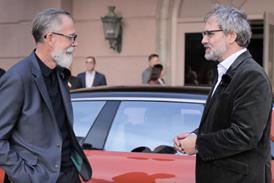
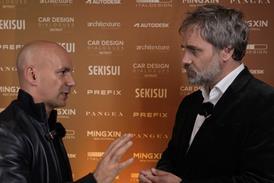
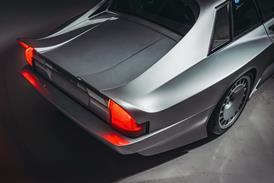

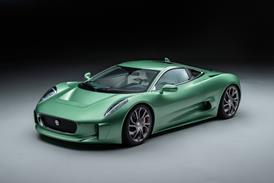
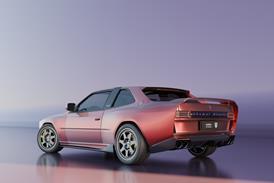

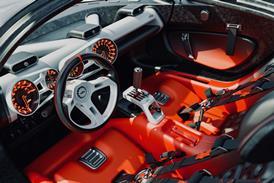



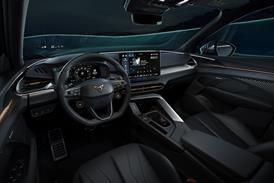


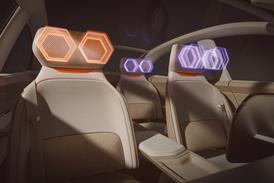
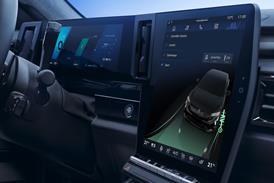
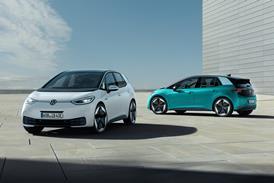
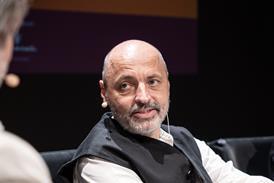
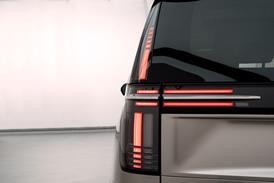
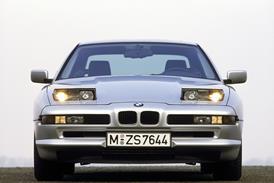

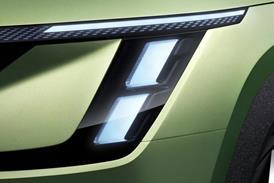






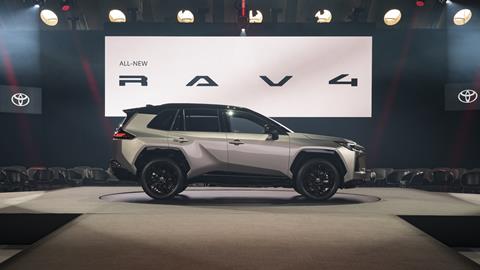

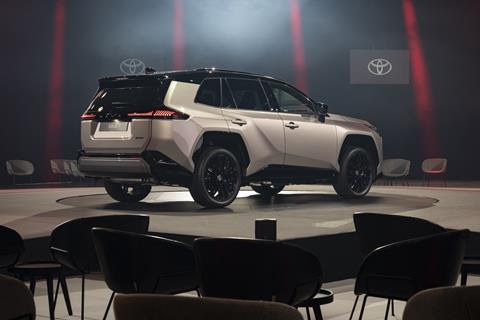

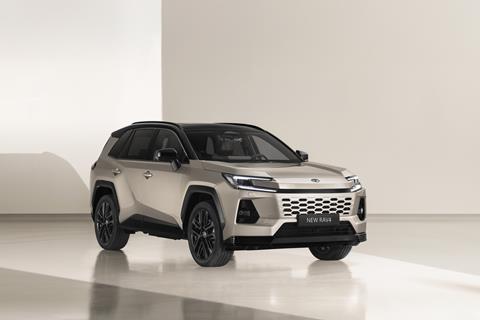
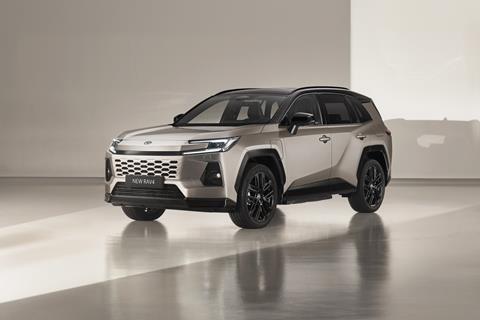
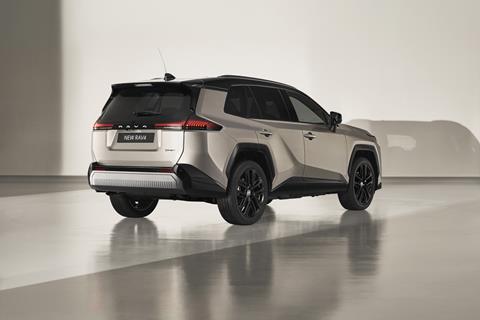
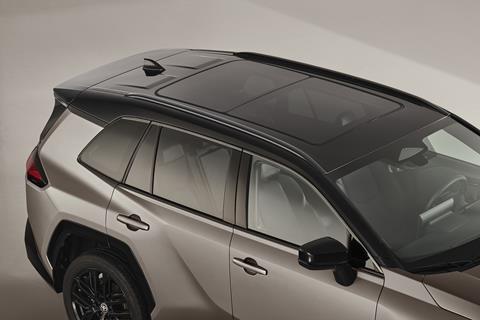
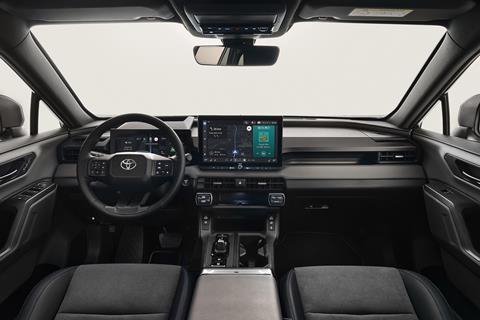
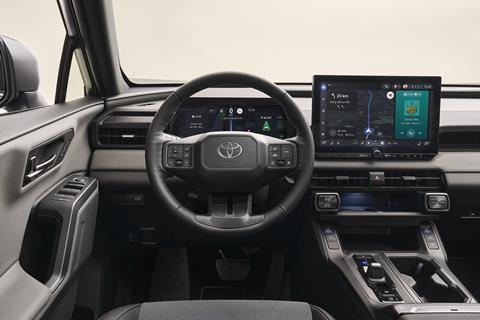
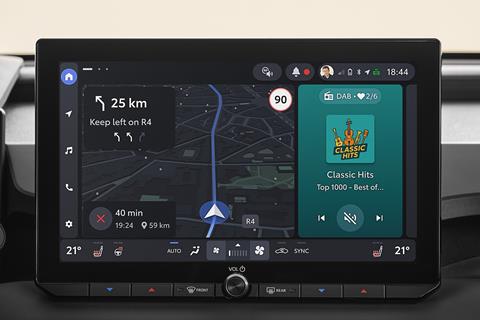
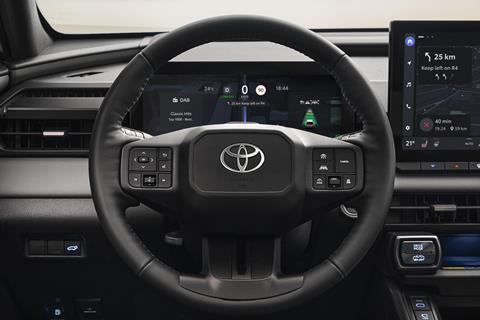
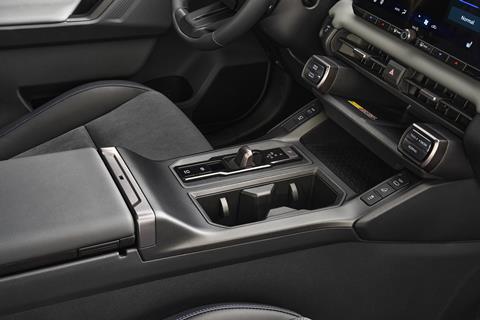

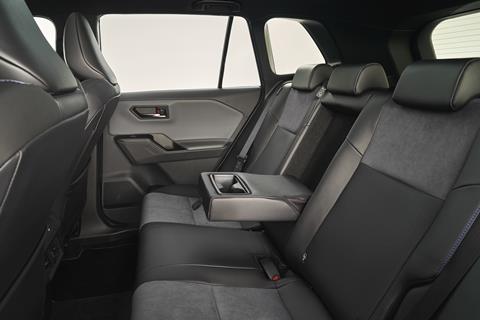
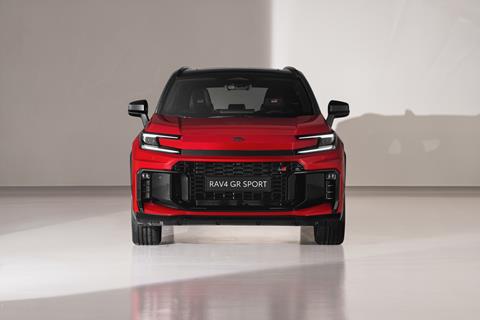



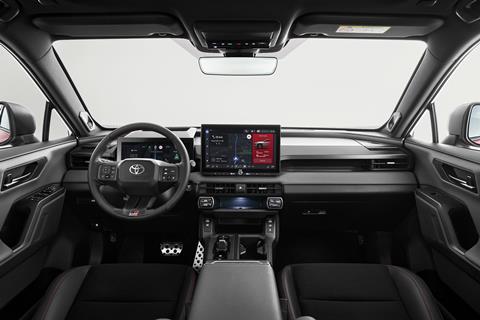
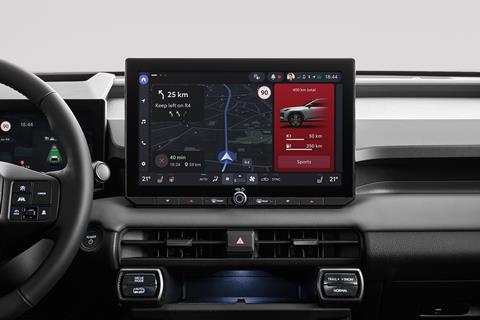
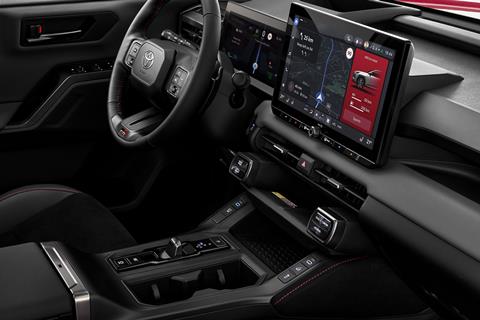

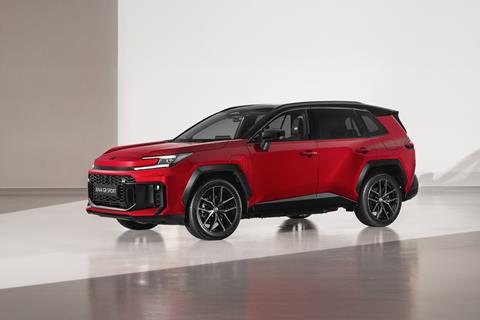
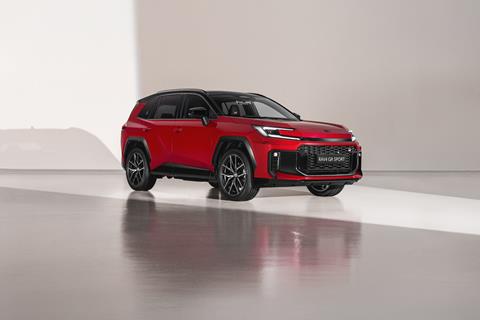
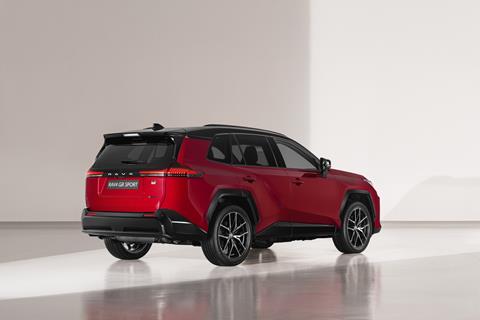
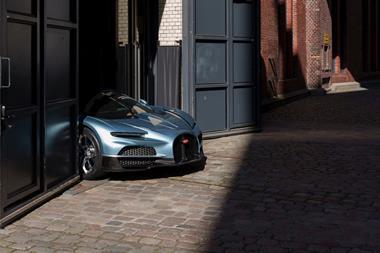

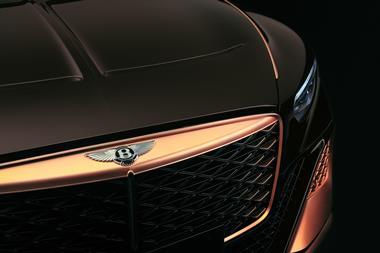
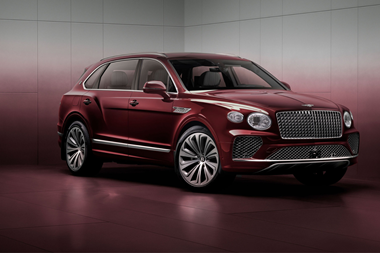
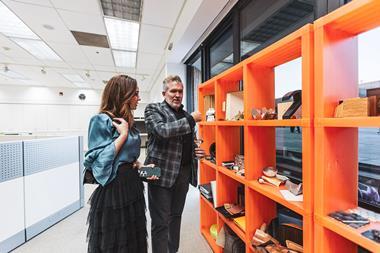
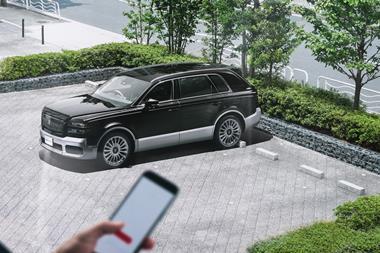



No comments yet